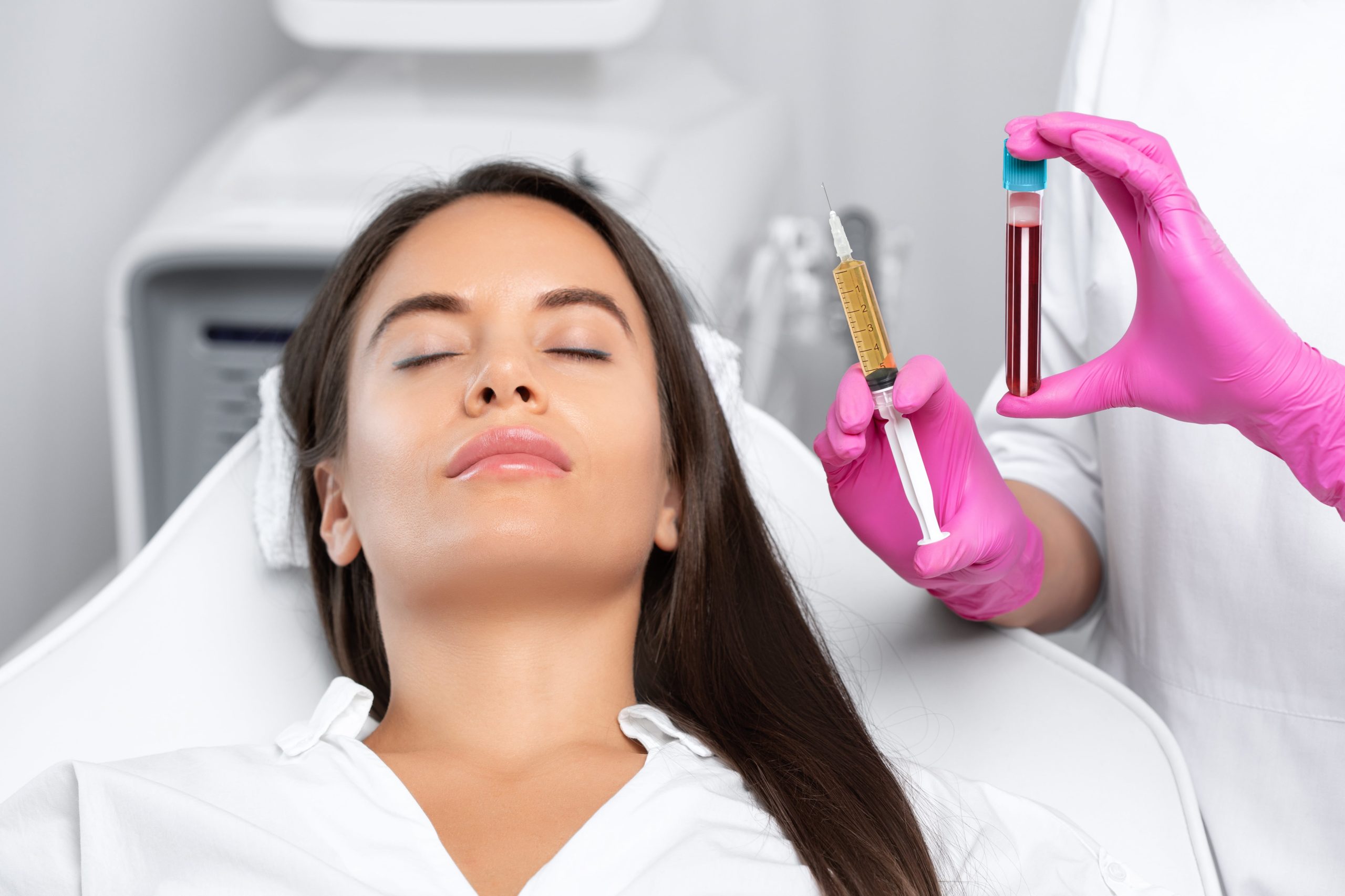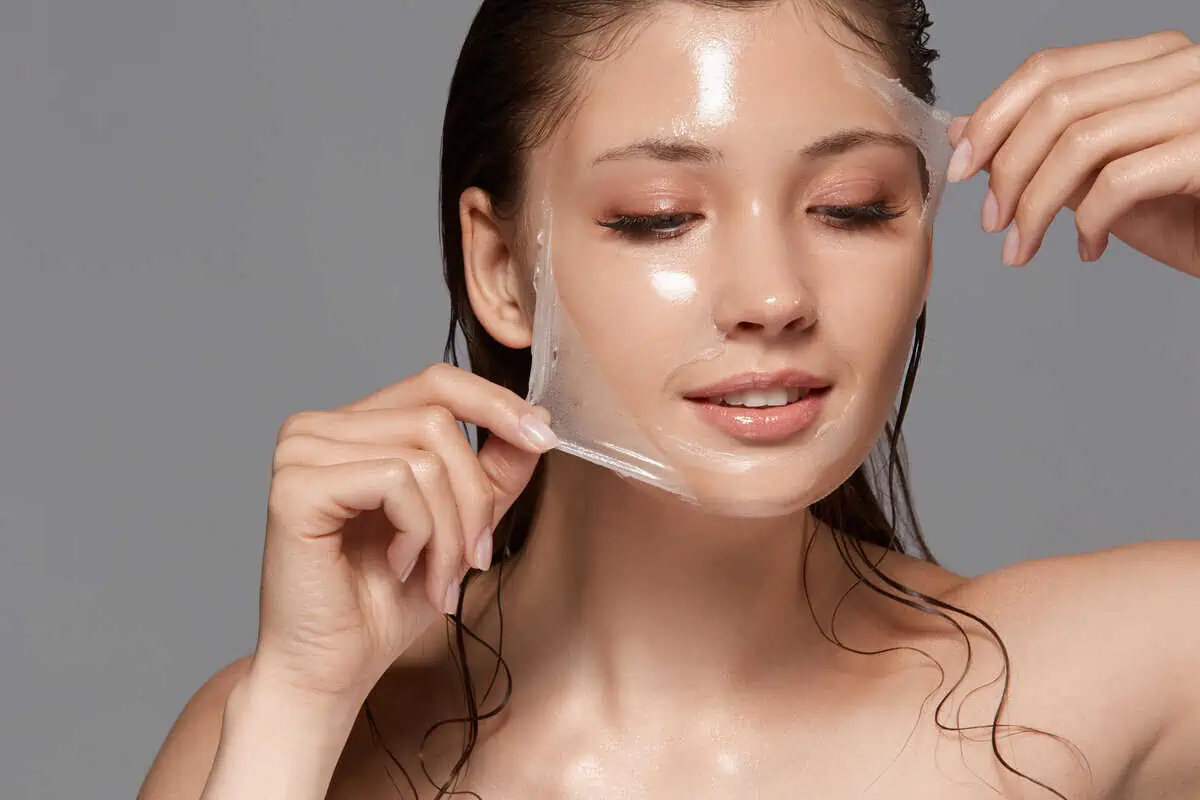We often hear about Platelet-Rich Plasma for excellent facial benefits such as boosting collagen and elastin production in the body, which is an edge in having glowing and younger-looking skin. However, most do not know that PRP is also beneficial in treating other conditions; that is why many patients and experts praise it. In fact, PRP is a newly innovated facial procedure that is easily bought by many. Like trying other facial treatments, we must be knowledgeable about it before risking it. If you are eyeing PRP therapy, here is everything you should know.
What is PRP Therapy?
Platelet-rich plasma, or what is known as PRP, consists of two elements which are the platelets and plasma. Plasma is the liquid portion of the blood, while platelets are blood cells essential in healing wounds throughout the body. Aside from the platelets’ clotting abilities, these elements also have growth factors that stimulate tissue regeneration and healing and trigger cell reproduction. Overall, platelet-rich plasma is blood containing more platelets than usual.
Since collagen and elastin are both vital structural proteins in the skin, their sufficient production is also essential in maintaining a youthful, smooth, taut, and elastic skin appearance. PRP decreases signs of aging like wrinkles and fine lines by reserved collagen restoration. The treatment also encourages the regeneration of healthy and new skin cells, which gives youthful, smooth, and evenly textured skin.
How does PRP Therapy work?
To start the PRP process, your provider will begin by drawing blood from you. The amount will vary depending on each patient’s condition. Next, this blood sample will be put into a centrifuge, separating the blood components for fifteen minutes. After this, the separated plasma is injected into the treatment areas.
Healthcare providers usually use imaging like ultrasound to point certain areas for injection.
What are the advantages of PRP Therapy?
Aside from all the advantages mentioned, there is more to look forward to when it comes to PRP’s miracles!
PRP Therapy is known to:
- Minimizes pores.
- Enhances skin’s overall appearance.
- Encourages tissue healing and growth.
- Enhances skin appearance, especially in the skin.
- Improves elastin and collagen production.
- Minimizes the appearance of hollows, deep lines, and skin irregularities.
- Improves obvious signs of aging, such as fine lines, wrinkles, and more.
Cost, side effects, and recovery time
Only a few insurance companies will consider praying for PRP therapies, so the price is paid out of your budget. The latest recorded price for PRP treatments ranges from $500 to $1,200 for each treatment. However, this may vary depending on your location and the number of injections you need.
Since the main ingredient for PRP therapy also comes from your body, this reduces the risks for allergic reactions, which happen when other medications, such as hyaluronic acid and cortisone, are injected into the body. However, you may also watch out for potential side effects such as nerve injuries, tissue damage, pain in treatment areas, and infection. You can discuss these risks with your provider so they can recommend ways to minimize them.
After your PRP session, your provider will recommend the rest of the treated areas. However, most people proceed to do their daily routines because there is no dramatic downtime for PRP.
You will notice immediate results after receiving the injections. After several months and weeks, the treated areas will begin to heal quicker than expected. The fast recovery will shock you, especially if it is your first time trying PRP treatment.
What are other uses of PRP injections?
As mentioned earlier, PRP is perfect for acquiring better-looking skin and advantageous in several other ways.
- Tendon Injuries: Tendons are thick and tough bands of tissue connecting muscles to the bone, which are typically crucial to hear after an injury. According to studies, PRP injections have been used to treat tendon problems like Achilles tendonitis at the ankle, tennis elbow, and jumper’s knee, which pains the patellar tendon in the knee.
- Osteoarthritis: PRP is also known to aid patients suffering from osteoarthritis. A 2015 study claimed PRP injections are more effective than hyaluronic acid injections in treating the condition. However, there is a need for more comprehensive studies to validate this conclusion.
- Hair loss: A 2014 research has proved that PRP injections efficiently address androgenic alopecia or male pattern baldness. Providers inject PRP directly into the scalp to prevent hair loss and encourage growth.
- Postsurgical repair: Some doctors also use PRP injections for torn tendons and ligament repair after surgery.
What are the types of PRP treatments?
You can encounter various types of PRP depending on what your chosen clinic offers. But to give you a sneak peek of what you must expect, here are some kinds of PRP treatments you can choose from:
- PRP Neck and Decolletage: The Decollegate is a term in aesthetics that refers to shoulders, neck, back, and chest. The skin gets thinner in these overlooked areas, making them vulnerable to photodamage due to extreme sun exposure. The PRP treatment can provide a thick serum blood portion which will aid the skin to be less susceptible to sun damage.
- PRP Facial: Also known as the vampire facial, PRP facial is an advanced skin treatment that utilizes the body’s natural ability for self-healing. This type of PRP treatment is called vampire facial because its process involves drawing your blood. Our blood component comprises white blood cells, red blood cells, platelets, and plasma, but your provider will incorporate the platelets into the plasma without the red and white blood cells. When both platelets and plasma consolidate, this is where the magic happens.
- PRP Facelift with Facial: The treatment combines PRP facial and PRP for the highest and most significant rejuvenation effects.
- PRP Hair Restoration: Hair restoration with PRP involves injections directly administered into the scalp. A PRP hair restoration procedure is advantageous for patients suffering from premature hair loss or those aiming for healthier hair.
- A syringe of Filler: PRP Facelifts also involve drawing your blood, which is why vampire facelift is another term. This type of PRP treatment diminishes signs of aging and revitalizes and heals your skin while addressing various skin issues. A piece of relevant information regarding this is that the whole process is non-surgical, but it is called a facelift because of its dramatic results through the mixture of dermal fillers and PRP.
Trying PRP, especially for first-timers, is a risk. That is why choosing the best wellness clinic that will cater to your needs is essential. In A Better Solution, you will surely get a better, even the best solution to various skin and wellness problems!
Are you eager to try PRP therapy today? Fear not and contact the best aesthetic clinic waiting for you.






